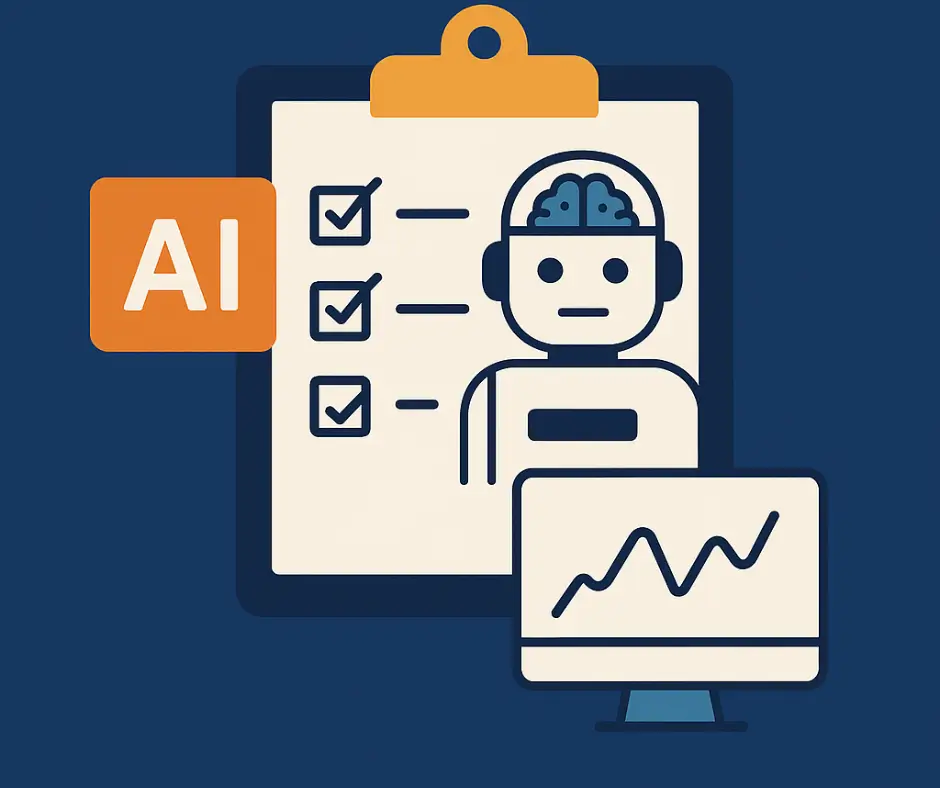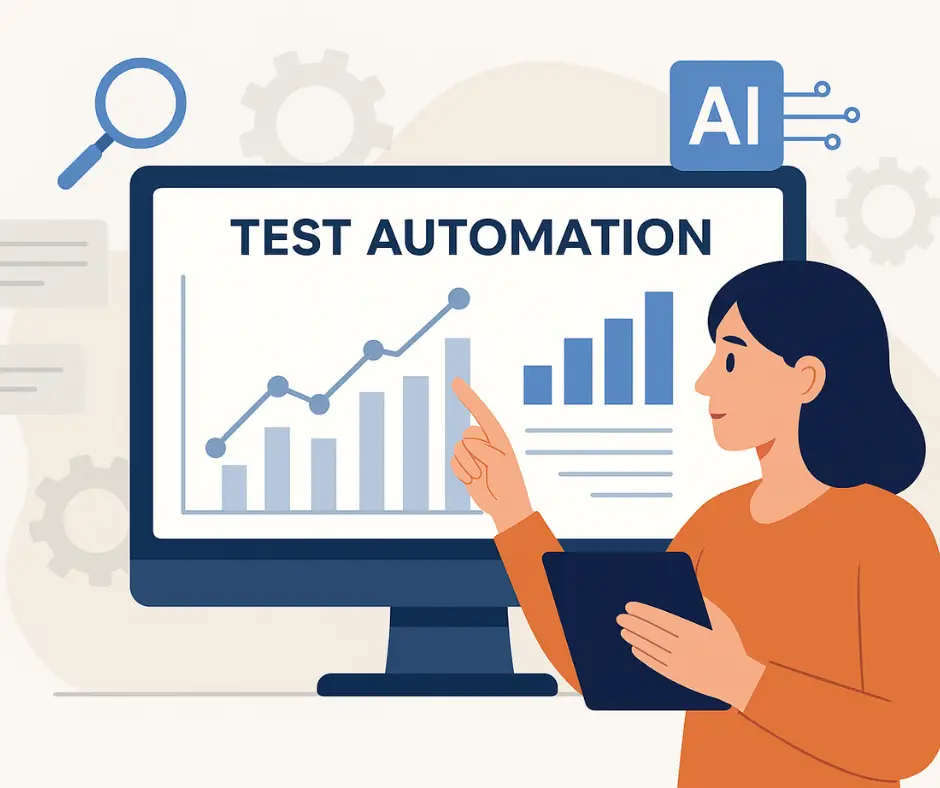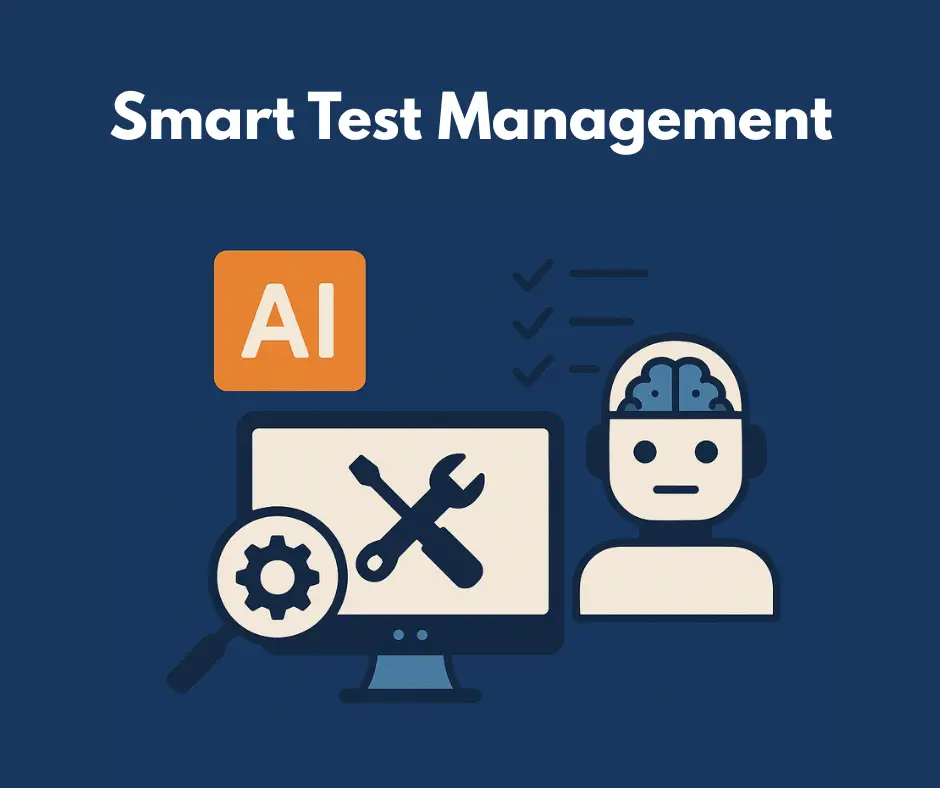
AI is no longer just a buzzword—it’s now the backbone of modern test automation. In fact, AI automation has replaced 50% or more of manual testing for 46% of teams, showing just how deeply AI is transforming QA practices.
The right AI automation platform shifts your entire approach to software quality. From intelligent test creation to smarter execution paths and real-time insights, AI testing solutions now do more than mimic clicks and log results. They learn, adapt, and help QA teams stay ahead of every change.
When choosing an AI automation tool, you need specific, practical features that improve test coverage, reduce maintenance, and speed up releases. In this article, we will discuss the top AI testing features to look for when evaluating AI testing platforms.
Top 10 AI Features to Look for in Your Test Automation Platform
AI in test automation should deliver value where it counts: test creation, execution, maintenance, and decision-making. Below are the top AI testing features that separate game-changers from glorified record-and-playback tools.
1. AI-Powered Test Creation
Writing tests is traditionally slow and repetitive. With AI, that changes. AI-powered test creation uses natural language processing, visual analysis, and predictive logic to help teams build robust test flows faster—often without writing a line of code.
Why It Matters:
An effective AI automation platform enables both technical and non-technical team members to easily create tests. Think: auto-suggestions, element detection, and drag-and-drop test flows powered by actual intelligence—not hardcoded rules. This shrinks the feedback loop, helps onboard new testers faster, and slashes the time between planning and automation.
With a reliable AI automation platform example, testers can create tests through an intuitive interface that’s backed by real-time AI insights. That means tests don’t just get built faster; they’re built smarter.
2. Smart Test Execution with AI
Just because you can run every test doesn’t mean you should. Smart test execution leverages AI to analyze what’s changed in your app and prioritize tests that cover the riskiest areas. The result? Faster cycles, fewer wasted minutes, and more meaningful results.
Why It Matters:
Test automation often breaks down under the weight of its own regression suite. By understanding app changes, historical test data, and failure patterns, AI testing solutions can optimize what runs—and when. This allows teams to test more often and with greater precision, especially in CI/CD environments where time is limited and feedback must be fast. Platforms with this capability often support differential testing strategies and AI-driven test selection.
3. AI-Based Reporting & Analysis
Test reports are only useful if they tell you something actionable. AI-driven reporting goes beyond pass/fail. It finds patterns, pinpoints root causes, and even predicts where issues are likely to appear next.
Why It Matters:
Instead of combing through logs or waiting for manual triage, AI-based dashboards highlight recurring flakiness, identify failing components, and uncover coverage blind spots. You don’t just get a test result—you get context.
This is a huge upgrade for test managers, dev leads, and anyone trying to move fast without missing critical bugs. The right automation platform should have AI features to surface quality trends in real-time—turning noise into insight and giving you a clear path to action.
4. Self-Healing Tests

UI tests break—a lot. Elements move, selectors change, and animations throw timing off. With AI-powered self-healing, your automation adapts to small changes automatically, reducing the need for constant script maintenance.
Why It Matters:
Every QA team knows the pain of brittle UI tests. A single renamed ID or restructured layout can take hours to fix across dozens of test cases. AI self-healing changes that. It monitors DOM changes, learns from historical runs, and intelligently rebinds actions to the correct elements—even if they’ve changed. This drastically reduces downtime and lets teams trust their test suite again.
5. Cross-Platform AI Automation
One script. Many environments. Cross-platform automation powered by AI allows teams to reuse tests across web, mobile, desktop, and even APIs—without duplicating work or managing separate codebases.
Why It Matters:
Test duplication slows you down and bloats your framework. True AI testing features include platform-aware abstraction layers that let you run the same logic across devices. AI handles platform-specific quirks and ensures consistent behaviour without reinventing the wheel every time.
With our AI automation platform, teams write once and run anywhere—backed by AI that ensures proper handling of cross-device UI differences.
6. Intelligent RPA (Robotic Process Automation)
Intelligent RPA takes what was once a siloed QA function and connects it to the broader operational workflow. Instead of just testing user login, you can automate the full account creation process, send a confirmation email, and validate it across integrated platforms.
Why it matters:
Traditional automation tools stop at the app’s edge. AI-powered RPA extends automation into business processes. It lets you validate entire workflows, not just isolated screens. And because it uses machine learning to adapt to changes, RPA bots don’t break every time your CRM adds a new popup.
7. AI-Enhanced Load and Performance Testing
Real users don’t all click the same button at the same time. They browse, idle, rage-click, and sometimes just abandon mid-session. AI testing solutions that include load testing with AI simulation go beyond artificial traffic—they mimic real usage behavior.
Why it matters:
Stress testing needs to feel… well, stressful. AI-enhanced performance tools don’t just simulate 10,000 users. They simulate 10,000 types of users—browsers left open, concurrent downloads, multi-tab workflows, and flaky connections. The result? More accurate bottleneck detection, smarter capacity planning, and faster response to spikes.
8. Smart Test Management

You’ve got hundreds—maybe thousands—of test cases. Now what? Smart test management is what separates AI automation platforms from script collectors. It means your tests are prioritized, deduplicated, clustered, and continuously optimized using real data, not gut feelings.
Why it matters:
Manual test planning gets stale fast. AI-based testing automation platforms can analyze historical failures, code churn, and risk surfaces to surface the most critical tests every time you run a build. AI-driven test case optimization turns a bloated test suite into a lean, coverage-maximizing engine.
9. Flow Control & Dynamic Command Support
Not every user flow is linear. Neither is your application. Modern apps have branching logic, conditional displays, and unpredictable flows. AI-powered test automation tools should offer dynamic command support—adaptive scripting, conditional waits, logic-based execution—backed by real-time AI recommendations.
Why it matters:
Without flexible flow control, tests break at the first toggle, dropdown, or unexpected modal. However, with AI-driven command generation, your scripts evolve to not only accommodate variability but thrive on it. This is where traditional record-and-playback tools fall apart. A robust AI testing solution offers the flexibility of custom scripting without the overhead, making dynamic tests possible even for low-code testers.
10. AI-Assisted CI/CD Integration
There’s no “pause” button in continuous delivery. Your testing tool either fits into the pipeline, or it becomes friction. AI-enhanced CI/CD integration does more than plug into Jenkins or GitHub—it predicts which tests to run, when to run them, and flags anomalies before they become issues in production.
Why it matters:
AI prioritizes what runs first, skips redundant validations, and surfaces fast feedback to the people who need it most—before the build breaks downstream. The best AI automation platforms act like another engineer on your DevOps team—one that never sleeps, always learns, and constantly optimizes regression cycles.
Final Words
Choosing the right AI automation platform is about choosing a solution that reduces effort, increases test reliability, and helps your team move faster with confidence. AI should be embedded in every layer: from test creation and execution to analysis, maintenance, and orchestration.
ZeuZ offers all 10 of these must-have AI testing features, making it a powerful all-in-one solution for modern QA teams. If you’re evaluating tools, look beyond the marketing. Ask how AI is used—and whether it truly reduces manual work.
Smarter automation isn’t optional anymore. With the right tool, it’s a competitive advantage.
